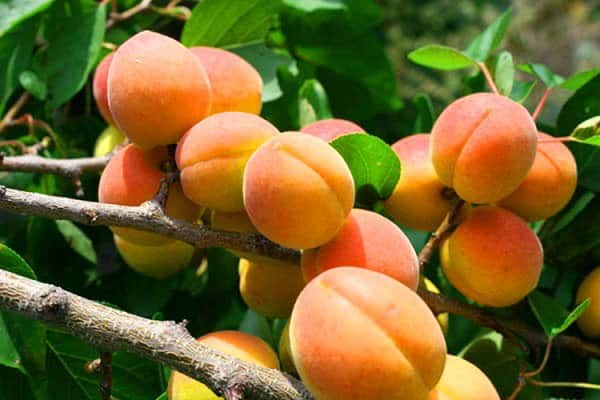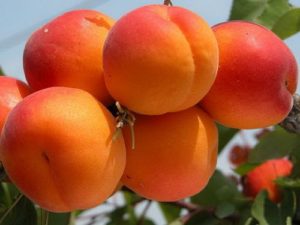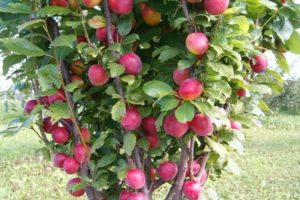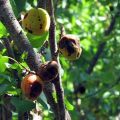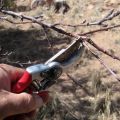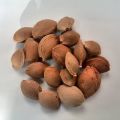Description of the Apricot variety Solnechny, yield characteristics and cultivation features
Description of the Apricot variety Solnechny attracts gardeners. It is characterized by high winter hardiness and regular fruiting. And the amount of bright yellow apricots will be enough in excess to eat your fill and prepare for future use.
Breeding history
Gardeners always want to grow something special on the plot. AND planting a bright apricot this is confirmed.
Michurin began work on the zoning of the fruit tree. On the basis of its varieties, breeders created new ones. Their characteristics became better: the apricot became more resistant to frost and bore fruit more abundantly. The Sunny variety is a vivid confirmation of this.
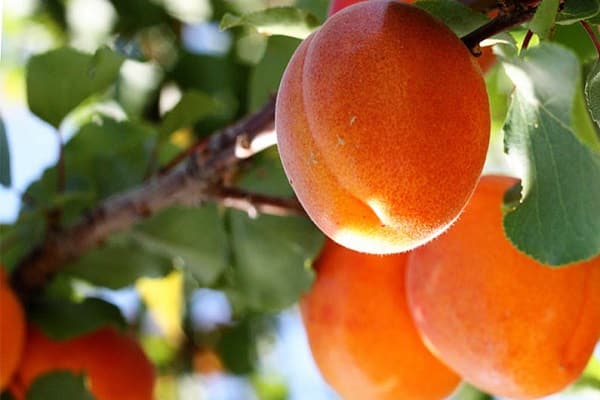
Description of the variety
Before laying an apricot orchard, gardeners study plant data. This is important: a specific type is suitable for each summer cottage. Description of the variety:
- pyramidal crown (2-3 m in diameter);
- height up to 3.5 m;
- bark color is brownish-red;
- the location of the shoots is predominantly oblique;
- the leaf is rounded, the edge is finely toothed;
- foliage color is bright green;
- flowers are white;
- flowering occurs before the leaves open;
- early ripening variety (ripens in mid-July).
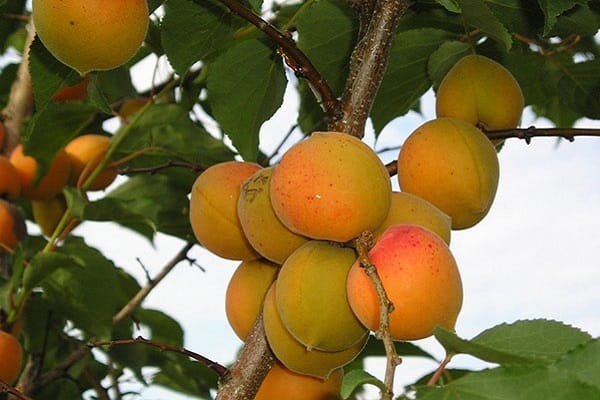
The main value of the Solnechny variety is its increased winter hardiness. It easily withstands frosts of -20 ... -25 degrees. With a short-term cold snap to -33 degrees, the fruit buds do not remain viable.
Fruiting is quite regular: the tree gives a bountiful harvest in a year. But a small number of apricots are removed by summer residents annually.
Characteristics of apricots:
- maximum fruit weight 45 g;
- the shape of the apricot is round;
- the skin is dense;
- good transportability;
- the apricot is bright yellow with a slight pronounced blush;
- the pulp is juicy, yellow at the break;
- the taste is pleasant - sweet and sour.
The dignity of the Solar is the amicable ripening of fruits. Apricots store well: they can be kept in a cool, ventilated basement for up to 3 weeks.
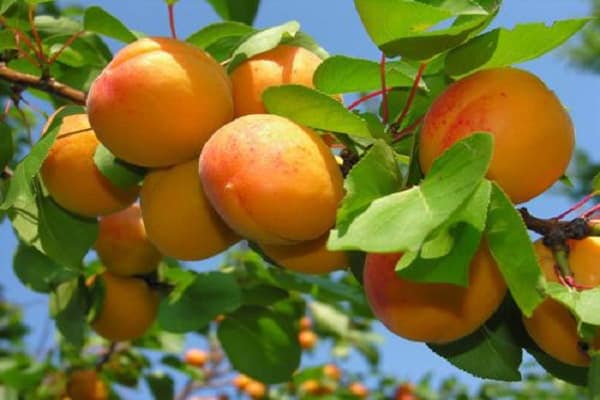
The subtleties of growing
Sunny is unpretentious. He regularly pleases with fruits with a little care. But for abundant fruiting, cultivation techniques should be followed.
Place and time
Apricot is a native of the southern regions of the planet. The work on the zoning of varieties made it possible to grow trees much further north. But for a comfortable existence, they need to allocate a special place on the site. It must be sheltered from cold northerly, northeasterly and easterly winds. These air currents dry out fruit and growth buds. The gardener does not receive a crop.
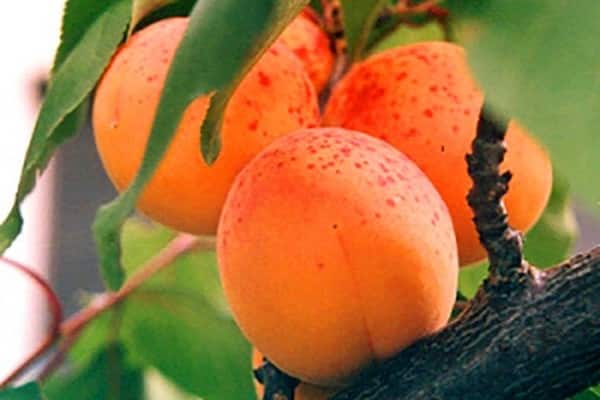
Particular attention should be paid to the depth of the groundwater table. Apricot does not tolerate drought and excessive waterlogging.Soil water on the site should not be higher than 3 m from the surface.
Sunny easily takes root and feels good when placed on the south side of summer cottages. But when planting, the spreading and height of the tree should be taken into account. It is recommended to retreat from the wall 3-4 meters.
For planting, you should purchase 2-3-year-old seedlings. They take root better and begin to bear fruit faster. It is recommended to place a seedling in a permanent place in early spring (before bud break) or in late autumn (3-4 weeks before a steady cold snap). The tree must have time to take root: this will help it survive the harsh time.
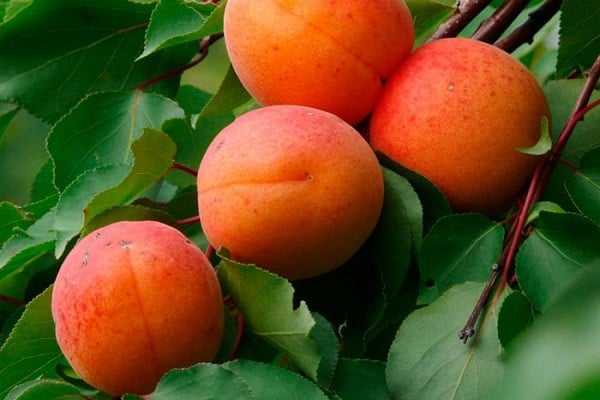
Soil selection
The composition and structure of the soil should be close to the soil of the homeland of apricot. You should prepare a loose, fertile with a neutral or slightly alkaline reaction. On acidic soils, liming is recommended before planting. Heavy clay soils should be sanding (a bucket of coarse sand per 1 square meter should be brought in for digging).
It is required to prepare a landing pit in advance. Its size: 70 cm x 70 cm x 70 cm. The pit should be filled with mature organic matter and a mineral complex mixed with the soil removed from it. It is recommended to cook the pit in the spring with the planned autumn planting and in the fall - with the spring.
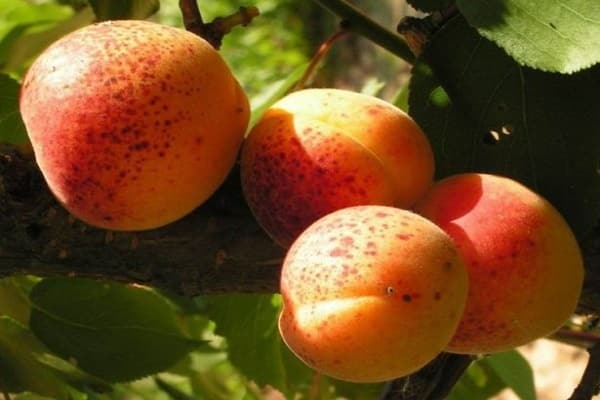
Disembarkation is made in the landing hole. The straightened apricot root system should be placed in it. Sometimes it is not possible to immediately choose the landing site. In this case, it is recommended to dig in the tree: in this state, the apricot can spend the season without losses.
Basic landing criteria
For successful fruiting of Sunny apricot, it is recommended to follow the basic planting criteria:
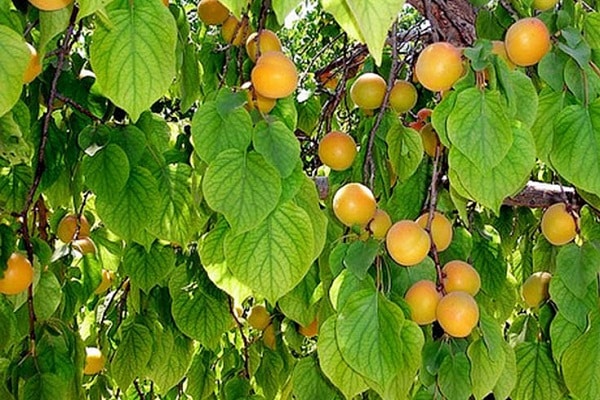
- carefully choose planting material;
- purchase seedlings in nurseries;
- choose a landing site;
- prepare the ground;
- to plant pollinating varieties on the site: Michurinsky Best, Krasnoschekiy, Comrade;
- follow the rules of care.
It should be remembered: a healthy plant is practically not affected by diseases and pests. Compliance with the planting criteria will save the gardener from unnecessary trouble.
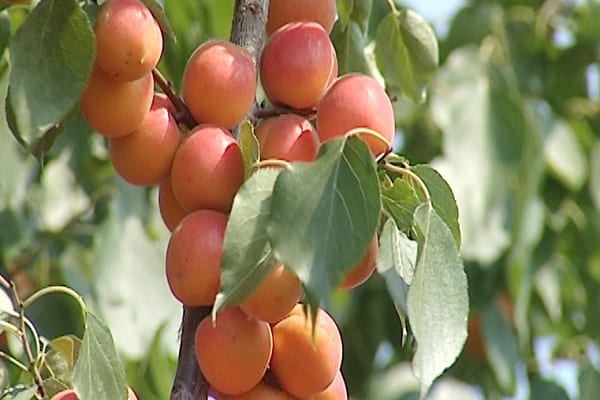
Wood care methods
Sunny is unpretentious. But for regular fruiting, it is recommended to follow the basic rules of care.
Watering
An adult apricot provides itself with water and is able to survive a short-term drought. It should only be watered if there is no rain for a long time.
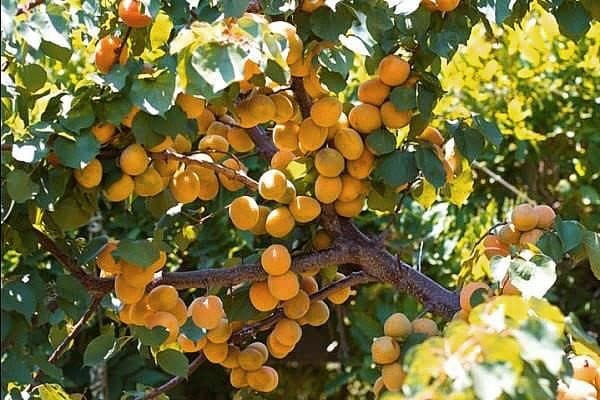
Young trees need regular watering. Once a month, in the absence of precipitation, it is recommended to deeply moisten the trunk circle. Enough 1 bucket for 1 tree.
For trees of all ages, moisture-charging irrigation is required... It is produced at the end of October. The air temperature during the procedure should be positive.
Booking
Sunny requires formative pruning. This will make it easier to care for the tree and increase yields. The optimal time is early spring or late autumn. Sap flow stopped at this time. The tree will survive the operation painlessly. Pruning rules:

- the crown should be transparent;
- all dried and damaged (during snowfall or wind) shoots are removed;
- branches growing at an acute angle or crossing branches are cut;
- cuts are made “on the ring” (to avoid rot);
- wounds larger than 1.5 cm are covered with garden varnish or oil paint (to protect against bacteria and fungi).
After snowfalls or prolonged droughts, the tree needs sanitary pruning. It is required to remove broken or dried out parts of the crown. This operation is performed at any time.
For trimming, a disinfected (with alcohol or potassium permanganate) and well-sharpened tool is used.
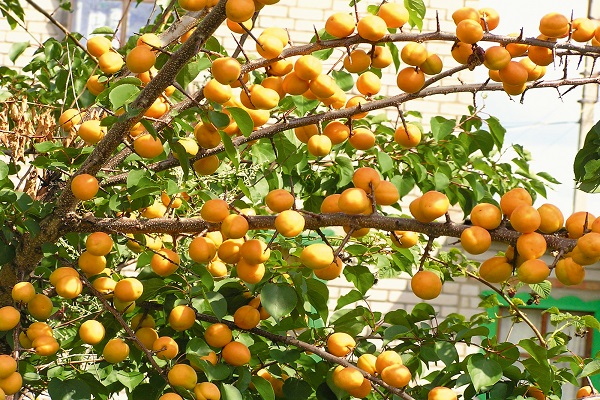
Tree feeding
Sunny is responsive to feeding. They are carried out according to the rules:
- When planting in a filled planting hole, the first 3 years of feeding are not done: the tree has enough food.
- Then mineral complexes should be added twice a year: in spring and autumn.
- Organics are given to the tree in early spring (immediately after the snow melts): a bucket of mature compost per 1 square meter.
It is important not to overdo it: excess organic matter weakens the tree's immunity.
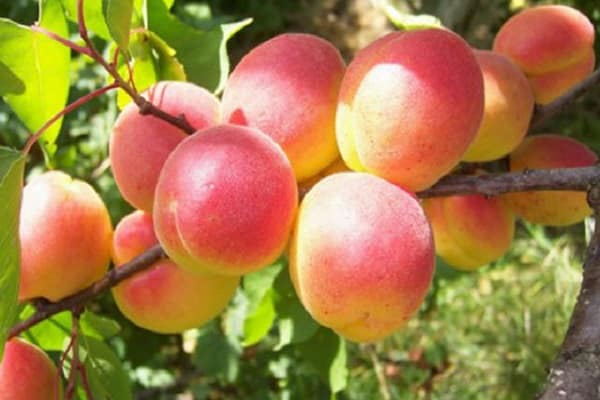
Diseases and pests
Adult Sunny with good care is almost not damaged by pests. But young trees are damaged by aphids or leaf rollers. In this case, an insecticide treatment should be carried out immediately.
In cool, humid summers, fruits develop apical rot. Spraying with antifungal drugs helps to prevent disease. These can be purchased from the garden shops.
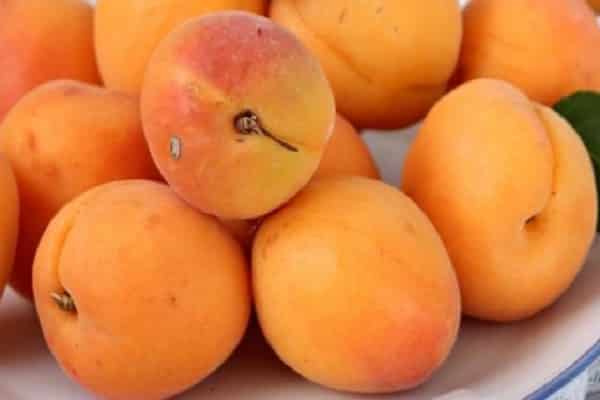
Advantages and disadvantages of the variety
The advantages of the variety are high winter hardiness, regular yield and pleasant fruit taste. The disadvantage is the need for formative pruning.
